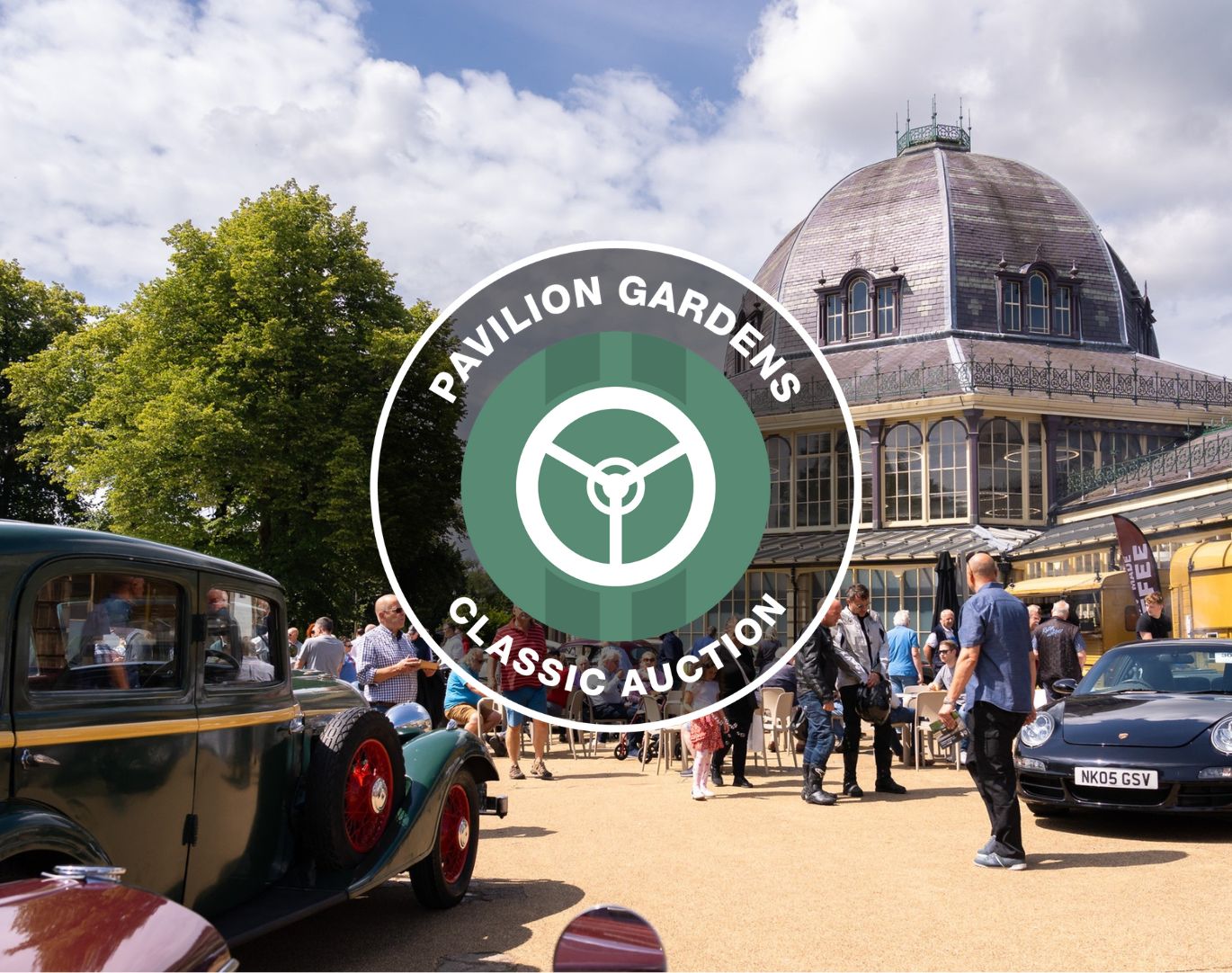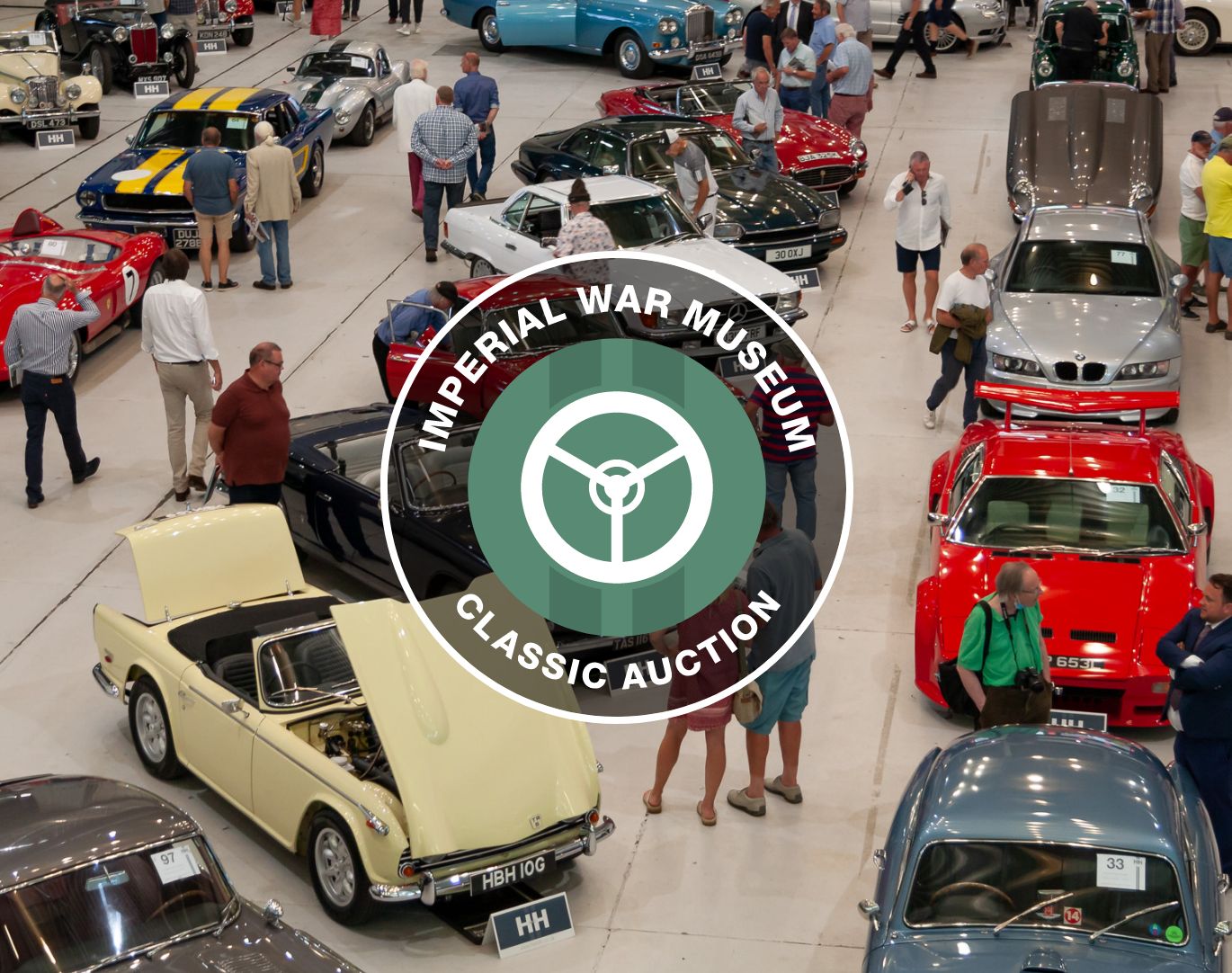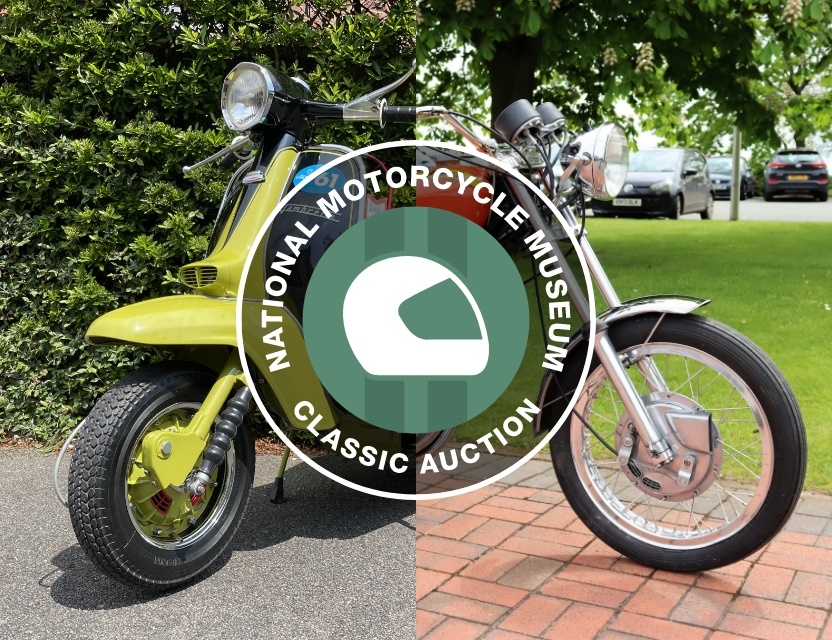Jaguar Based In South Africa Sunshine Now Lives In A Heated UK Garage.
1958 Jaguar XK150 SE FHC £85,000 - £100,000 With H&H Classics At IWM October 19th.
02/09/2022

1958 Jaguar XK150 SE FHC - Estimate £85,000 - £100,000
Some cars just get lucky. This beautifully and meticulously restored 1958 Jaguar XK150 SE upgraded to an S specification has been kept in sunshine and heat for most of its life and rust is not a word it knows.
It comes to auction with H&H Classics at the Imperial War Museum Duxford on October 19th, seeking another cozy berth. The car has undergone a full nut-and-bolt restoration and upgraded with a replacement MkIX 3.8 engine to 'S' specification, original, matching numbers 3.4 engine in excellent condition included in the sale.
This car was completed on 21 April 1958 and dispatched on 2 May 1958 to John B. Clarke Motor Co., Johannesburg, South Africa. It was sold new on 22 July 1958, to Monarch Investments of Waderville, Transvaal. It was one of two cars purchased by two Cape Town architects (partners) at the time (the other being 824396, both cars were built to the same specifications except that 824396 was fully automatic), this car being in the possession of a Mr. Whitehead. Around about 1960, the car was sold to his nephew, also Mr. Whitehead. The car is fitted with overdrive. The original paint colour was Pearl Grey with a Light Blue interior.

The car eventually transferred to Dennis Cronje of Johannesburg (a senior 747 pilot with South African Airways) who carried out a meticulous restoration, completed during 1993 and 94, also changing the colour from Pearl Grey to Sherwood Green with a Tan interior. The cylinder head was changed to an "S" type triple SU carbs specification. Straight port head serial no. ZA9061-8 (Photos of this restoration are on file). At this time the owner fitted the “S” badges to the car which remain today.
The Jaguar XK150 was the third and final stage in the evolution of the XK concept. Described as the car with grace, space, and pace, this model was launched in May 1957, initially with a choice of fixed-head and drophead coupé bodies. The open two-seater followed nearly a year later. All cars used the XK140 chassis but this time the bodywork was of a much more modern appearance and for the first time featured a one-piece curved windscreen. Inside the vehicle, the walnut veneer on the dashboard and door cappings had been replaced with padded leather trim. Mechanically, it had clearly become a more muscular car. All the production cars were of the “Special Equipment” model, one of the main changes to the XK150 was the Dunlop disc brakes which were used both front and rear as opposed to drums which were fitted to the XK140.

The engine was available in standard tune, or in a higher-performance version on the Special Equipment models. The Standard model had the 3.4 litre 190 bhp of the earlier car. In 1960 the 220 hp (164 kW; 223 PS) 3.8 litre engine, fitted in the full-sized luxury Mark IX saloon since October 1958 became available. It was tuned to produce up to 265 bhp (198 kW; 269 PS) in “S” models and propel an XK150 to 135 mph (217 km/ h), and from 0–60 mph in around 7.0 seconds. Overdrive which had been optional also became a standard fitment in 1958.
While in South Africa, the current vendor purchased the car in November 2008 complete with the original cylinder head (V3679-8) and a spare 3.8 engine (ZA9061-8) from a Jaguar MkIX. The car had a bottom-end respray in June 2009. The Mark IX engine was stripped, machined, high compression pistons fitted, all components balanced, head refurbished (larger valved), and refitted into the car in July 2009. Current engine specification is 3.8S. The original gearbox was also overhauled at the same time. With the works carried out at that time, over £12k was spent on the engine and gearbox (receipts are available).

The car was shipped back to the UK in December 2010. Since then, new wheels and Vredestein classic sport tyres have been fitted. The front suspension, steering components, and brakes both front and back have been refurbished. The car was re-upholstered in 2019 ie. new carpets, bucket seats, and retractable (Jaguar) seat belts were installed. A Motolita steering wheel was fitted
at the same time. N. B. The original engine (3.4) serial number V3679–8, complete with matching head and twin carb intake manifold, also the original seats, and steering wheel are included in the sale.
The Heritage certificate was produced on 21st July 2009 by Jaguar Daimler Heritage Trust from Production Record Trace Certificate number 30899. Also, the South African Veteran & Vintage Association Dating Certificate from 1994 is on file.


